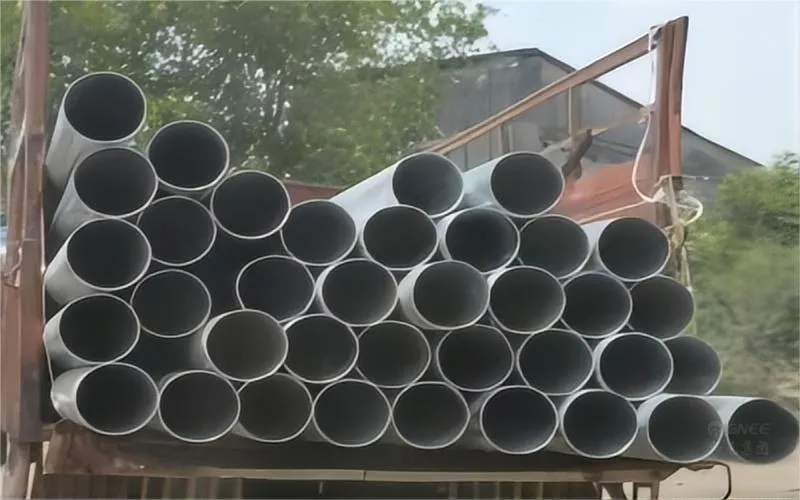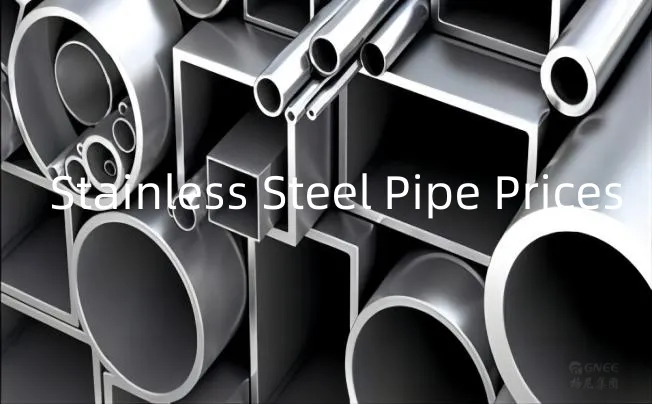Factors Influencing Stainless Steel Pipe Prices
Stainless steel pipe prices are determined by a multitude of factors that shape the market dynamics and ultimately impact the cost. Among these factors, raw material costs, manufacturing processes, and market demand and supply dynamics stand out as key influencers.
Raw Material Costs (Iron Ore, Nickel, Chromium)
The price of stainless steel pipes is directly affected by the cost of raw materials used in their production. The main raw material used to make stainless steel is iron ore, while nickel and chromium additions improve the material’s ability to resist corrosion. Price fluctuations for these essential components have a big impact on the overall cost of stainless steel pipes.
For instance, during periods of high demand or limited supply of iron ore or nickel, their prices tend to soar. This subsequently drives up the production costs for stainless steel pipes.
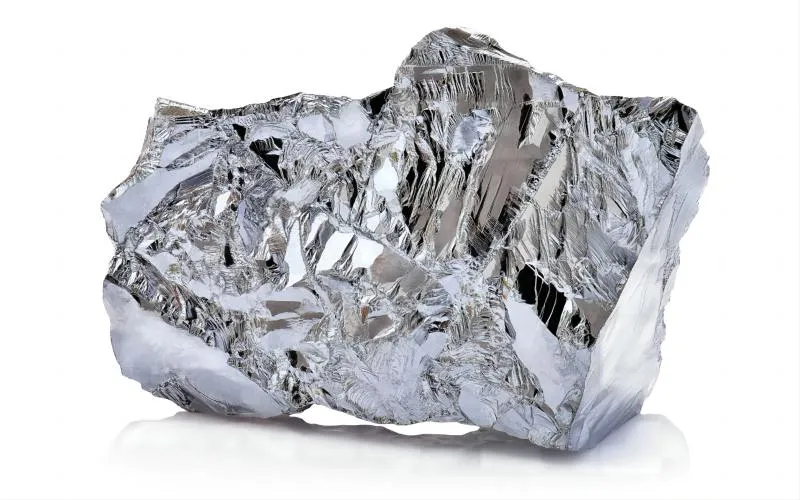
Market Demand and Supply Dynamics
Market demand and supply dynamics significantly impact stainless steel pipe prices due to their direct correlation with economic conditions. When there is a surge in infrastructure projects or industrial development globally, there is typically an increased demand for stainless steel pipes across various sectors like construction, oil and gas, and automotive.
Conversely, during an economic downturn or periods of reduced construction activities, the demand for stainless steel pipes may decline.
In this case, manufacturers may experience oversupply and need to adopt competitive pricing strategies to maintain market share. Therefore, market supply and demand dynamics are important indicators of price fluctuations in the stainless steel pipe industry.
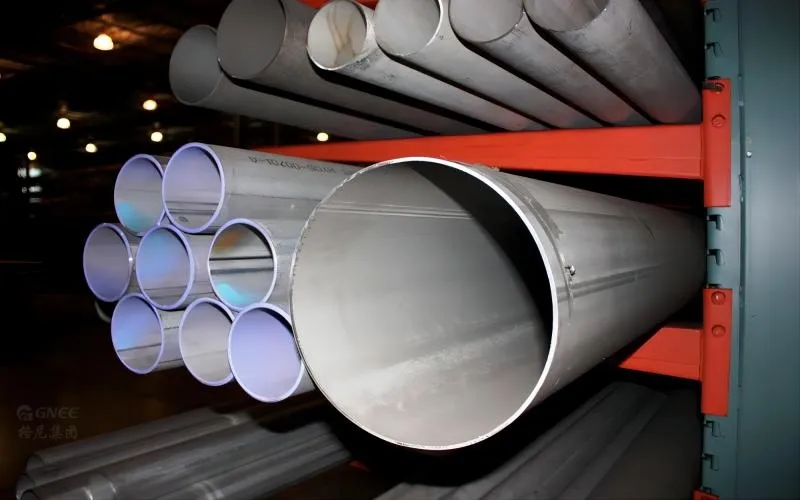
Historical Trends in Stainless Steel Pipe Prices
Over the years, stainless steel pipe prices have experienced notable fluctuations due to a combination of factors. Fluctuations in iron ore, nickel, and chromium prices directly impact production costs and subsequently influence final pricing decisions by manufacturers.
Market supply and demand dynamics are significant factors that affect prices. By examining historical trends in stainless steel pipe prices – their fluctuations over time as well as their correlation with economic factors – we gain valuable insights into this ever-evolving market.
Seamless Stainless Steel Pipes: Where Perfection Meets Precision
Seamless stainless steel pipes, as the name suggests, are manufactured without any welding or joints. They are crafted through a meticulous process known as extrusion, where a solid billet is heated and forced through a die to form a hollow cylindrical shape.
First, its smooth inner surface enhances flow and minimizes pressure loss, enabling applications in high-efficiency fluid transfers such as oil and gas pipelines or high-end pipeline systems.
However, producing seamless pipes involves complex manufacturing processes that require advanced technology and strict quality control measures.
The raw material costs are also higher due to the precise chemical compositions necessary to achieve the desired properties. Consequently, seamless stainless steel pipes tend to be more expensive compared to their welded counterparts.
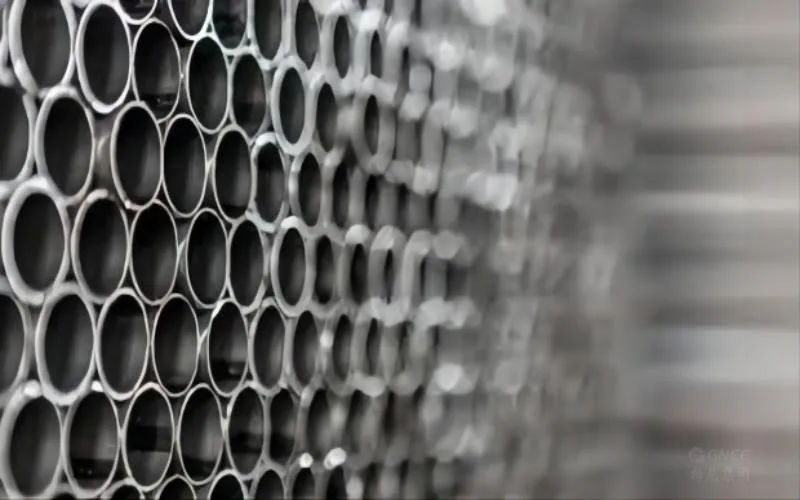
Welded Stainless Steel Pipes: Balancing Affordability with Versatility
Unlike seamless pipes, welded stainless steel pipes are formed by joining two or more sections together using various welding techniques such as ERW (Electric Resistance Welding), EFW (Electric Fusion Welding), or TIG (Tungsten Inert Gas) welding. Welded stainless steel pipes find extensive use across diverse industries due to their affordability coupled with commendable structural integrity.
While they may not possess the seamless aesthetic appeal or uniformity of composition throughout their length like seamless pipes, they are still highly capable of withstanding demanding conditions. They are often used in building structures, automotive parts industrial machinery, etc.
The relatively lower price of welded stainless steel pipes can be attributed to their simplified production methods. Unlike seamless pipes, the welding process does not require complex extrusion technology and can reduce manufacturing time and costs.
While seamless stainless steel pipes present a pinnacle of quality and precision with their impeccable finish and corrosion resistance, they tend to come with a higher price tag due to their complex manufacturing process and stringent quality control measures.
On the other hand, welded stainless steel pipes strike a balance between affordability and versatility by employing various welding techniques that offer a range of diameter options at a relatively lower cost.
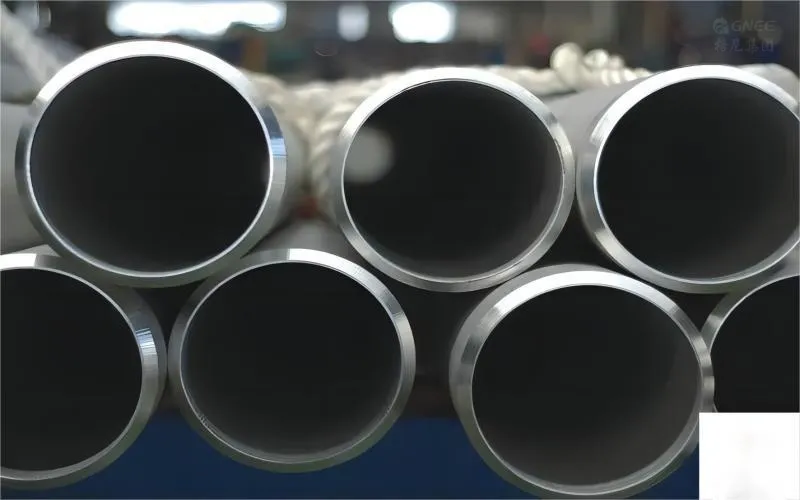
Size Range and Price Variations
Standard Sizes Available in the Market
When it comes to stainless steel pipes, one of the factors that significantly influences pricing is the size range of the pipes. Standard sizes are those that are commonly used across various industries and readily available in the market. Because these standard sizes are produced in huge quantities, economies of scale and cost-effectiveness are possible.
In general, stainless steel pipes come in a range of standard diameters, typically ranging from ½ inch to 36 inches. The wall thickness of these pipes can also vary depending on their application and requirements.
Common wall thickness options include Schedule 5S, Schedule 10S, Schedule 40S, and Schedule 80S. Moreover, lengths of standard stainless steel pipes typically come in 20-foot or 6-meter segments.

Impact of Size on Pricing
The size of a stainless steel pipe has a direct impact on its pricing due to several reasons. Firstly, larger diameter pipes require more raw materials during manufacturing, leading to increased production costs. Additionally, larger-diameter pipes necessitate specialized machinery and equipment for processing and handling during production stages which further adds to the overall cost.
Moreover, sizing impacts shipping costs as larger-sized pipes may require special transportation arrangements due to their dimensions and weight. In addition, logistics costs and size changes can also cause price increases. For instance, there might be a higher demand for smaller-diameter pipes used in certain sectors such as gas distribution or plumbing applications resulting in higher prices compared to larger-diameter pipes.
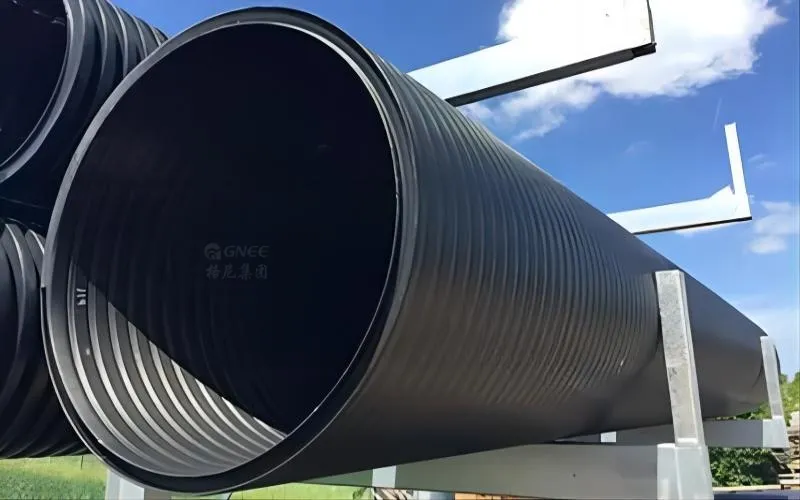
Customization Options for Non-standard Sizes
While standard sizes cover a wide range of requirements across numerous industries, there can be instances where non-standard or custom-sized stainless steel pipes are needed. Consequently, customization of non-standard sizes usually results in higher prices due to the additional labor and resources involved. Manufacturers often offer a range of customization options to tailor solutions to customers, ensuring optimal performance and efficiency for each application. So when considering purchasing stainless steel pipe, it’s crucial to understand how size affects pricing.
Standard sizes offer cost advantages due to economies of scale and availability in bulk quantities. Larger-sized pipes may be more expensive due to increased raw material consumption and specialized handling requirements.
Conversely, non-standard sizes provide customization options but generally come with higher prices due to additional processing involved in meeting precise specifications.
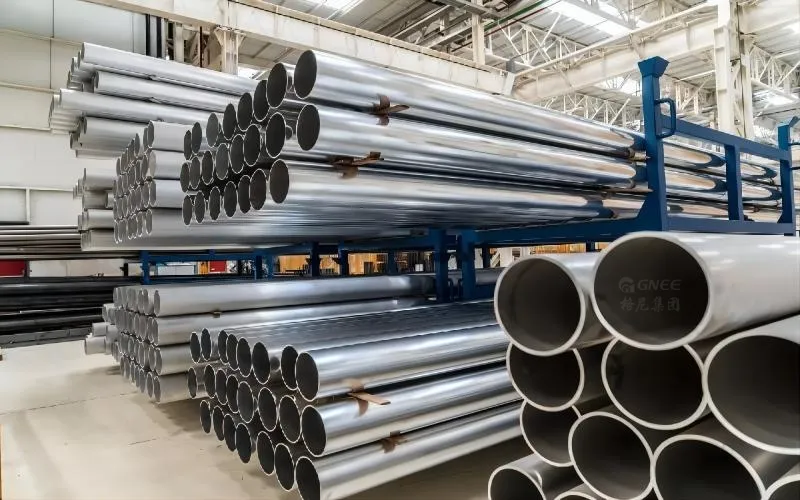
Supply Chain Dynamics Influencing Prices
Role of Raw Material Suppliers
The role of raw material suppliers in the stainless steel pipe industry is crucial in determining prices. Stainless steel pipes are primarily made from iron ore, nickel, and chromium, among other elements. The availability and cost of these raw materials significantly impact the production costs for manufacturers.
Influence of Manufacturers’ Production Capacity
Manufacturers’ production capacity is another key factor affecting stainless steel pipe prices. Efficiency in operations, technological improvements, and equipment capabilities all play a role in the capacity to effectively meet market demand.
Higher production capacity for manufacturers can profit from economies of scale, which lowers production costs per unit.
The ability to quickly fill large orders thanks to expanded manufacturing capacity also helps producers avoid delays and even price rises brought on by supply shortages. Therefore, manufacturers with greater production capabilities often have a competitive advantage by offering more competitive pricing.
